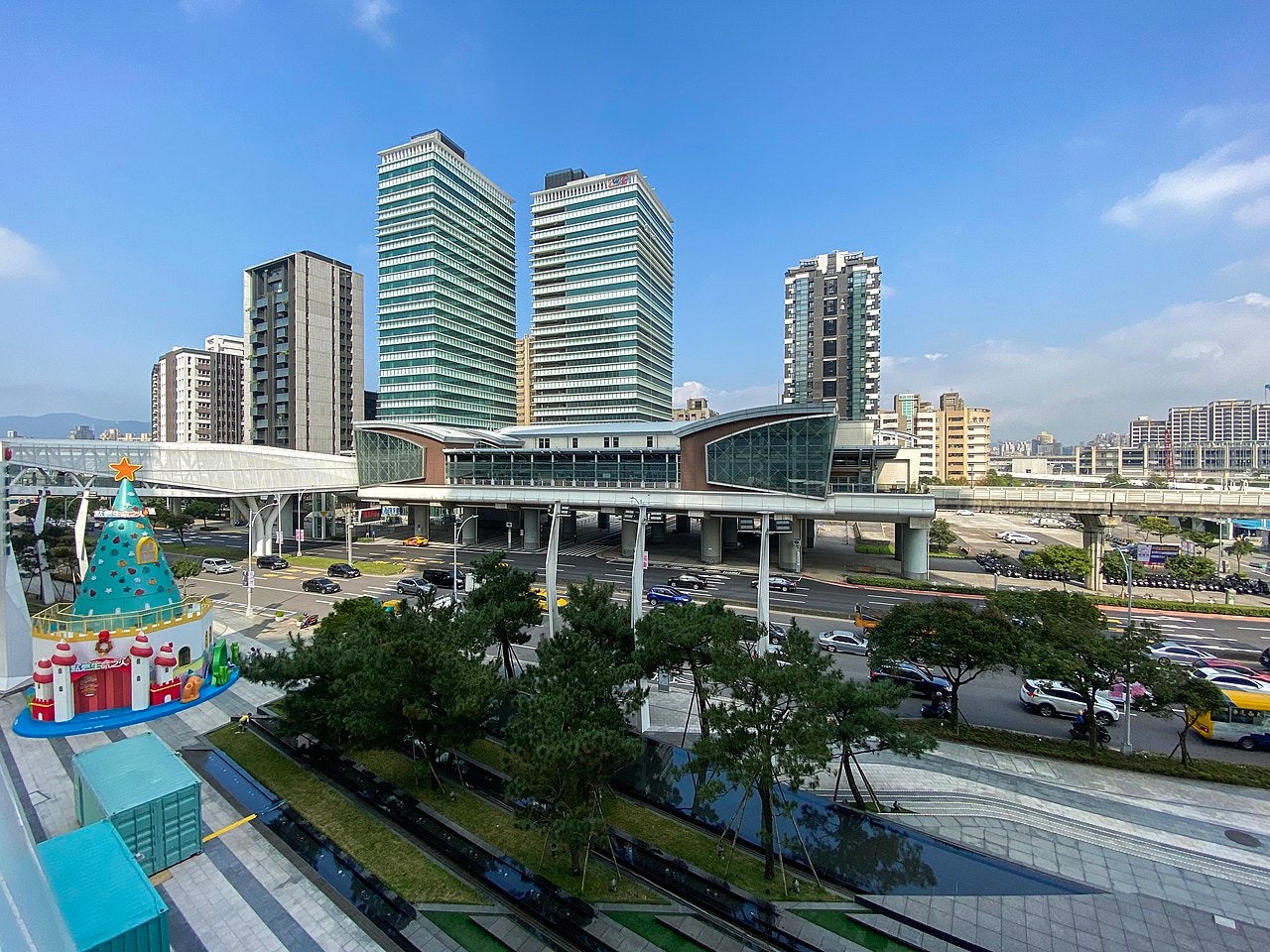
| Title: | Taiwan: A Potential Economic Partner for South Asia |
| Author/s: | Mohammad Masudur Rahman |
| Abstract: | Taiwan is a major hub of the global supply chains and one of the leading investors not only in China, but also in the Southeast Asian markets. Although complementary, bilateral trade between South Asia and Taiwan is only about US$9 billion (S$12 billion), while investment has only picked up recently. The computable general equilibrium analysis indicates a substantial economic benefit of bilateral tariff elimination between Taiwan and its South Asian partners. Taiwan has a substantial comparative advantage in producing hightechnology manufacturing goods while South Asia’s main strength is in the resource-based agricultural and light manufacturing sectors. Taiwan has been maintaining a liberalised trade regime with minimal import tariffs and non-tariff measures for decades. As South Asia is booming and Taiwan is seeking alternative markets and investment opportunities, it is time to deepen this bilateral economic relationship. South Asia, a market of 1.5 billion people with an emerging middle class and cheap labour, is an ideal place for investment. A comprehensive economic partnership with a preferential trade and investment agreement would be useful to attract Taiwanese multinationals and for seamless trade between South Asia and Taiwan. |
| Date: | 3 December 2020 |
| DOI: | 10.48561/hd54-j6ej |
| Read More |
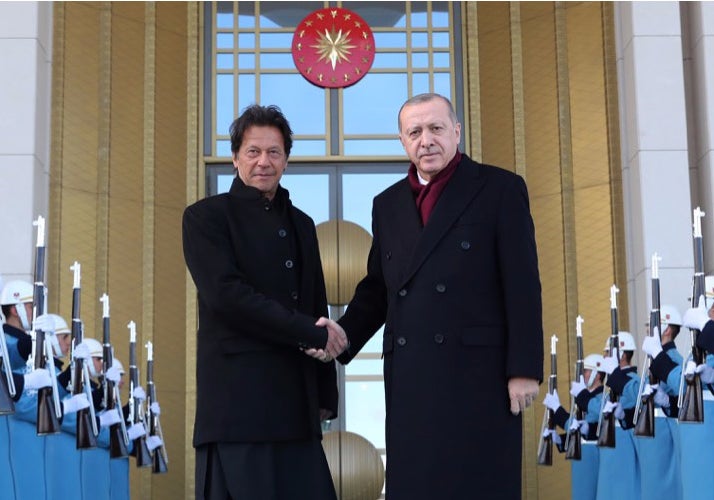
| Title: | The Erdogan Effect: Turkey’s Relations with Pakistan and India |
| Author/s: | Vinay Kaura |
| Abstract: | Ever since the Islamist-‐conservative Justice and Development Party (AKP) came to power in 2002, Turkey’s engagement with South Asia has involved a combination of economic cooperation, soft-‐power projection, conflict resolution diplomacy, Muslim solidarity politics and defence supplies. The flurry of Turkish activism gives rise to many questions. What drives Turkey’s interest in India and Pakistan? Will Ankara establish itself as a power-‐broker for years to come? How much bandwagoning or counterbalancing among local actors has been generated by Turkey’s rising presence in the region? Most of these questions have no simple answers. While ties with Pakistan appear important to Turkey, through its uncritical support to Islamabad’s stance on the Kashmir issue, Ankara has lost ground in India, especially since Saudi Arabia and the United Arab Emirates have deepened ties with India. Turkey is likely to remain vulnerable to South Asia’s enduring rivalries and geopolitical faultlines, such as the Kashmir issue, the endgame in Afghanistan, problems of Uyghur Muslims, and now the increasing strategic competition between India and China. |
| Date: | 16 October 2020 |
| DOI: | 10.48561/dp9d-fqv4 |
| Read More |
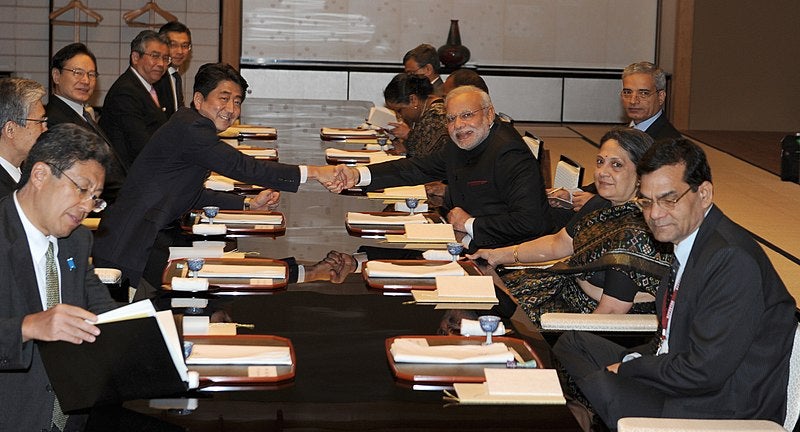
| Title: | After Abe: Japan’s Foreign Policy and its India Engagement |
| Author/s: | Purnendra Jain |
| Abstract: | Yoshihide Suga has succeeded Shinzo Abe as Japan’s prime minister. A foreign policy activist, Abe recognised India’s strategic importance and worked tirelessly to take the Japan-‐India relationship to new heights, giving both breadth and depth as no prime minister before him. Under Suga, cut from the same Liberal Democratic Party cloth as Abe, Indo-‐Japanese bilateral ties are likely to remain safe. However, Suga’s lack of experience in foreign affairs and his focus firmly placed on domestic issues, India may not be top on his list of priorities. India will need to actively leverage the strengths of the Abe-‐era partnership in order to keep it relevant. |
| Date: | 15 October 2020 |
| DOI: | 10.48561/t6hy-y2h |
| Read More |

| Title: | United States-Maldives Defence Pact: What Lies Ahead for India? |
| Author/s: | Amit Ranjan |
| Abstract: | A defence and security agreement signed between the United States (US) and the Maldives will give larger space to the former in the Indian Ocean. Unlike 2013, India has welcomed the US-‐Maldives defence pact of September 2020 in a bid to check the growing dominance of China in the South Asian region. |
| Date: | 14 October 2020 |
| DOI: | 10.48561/z66s-0fb2 |
| Read More |
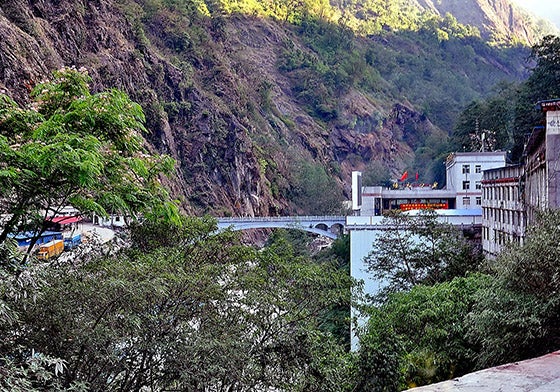
| Title: | The Great Game in Nepal: A Himalayan State’s Search for Higher Ground |
| Author/s: | John Joseph Vater |
| Abstract: | Nestled in the Great Himalayas and long disconnected from global markets, Nepal has received promising connectivity offers by the United States, India and China. If the communist rulers in Kathmandu do not let their ideological preferences get the better of their economic judgements, Nepal could easily take advantage of all viable offers to promote its connectivity with its neighbourhood and the rest of the world. |
| Date: | 8 September 2020 |
| DOI: | 10.48561/dq08-2egj |
| Read More |
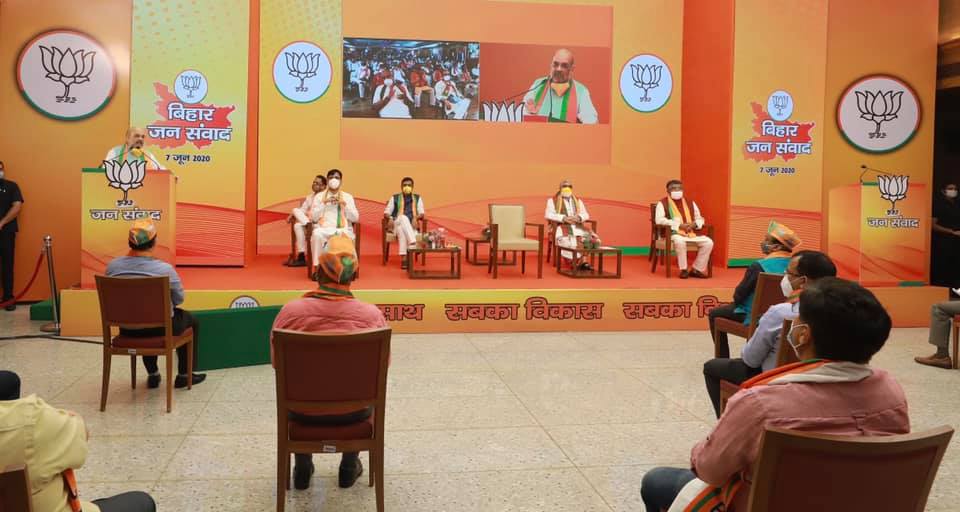
| Title: | Bihar Assembly Elections: Politics in the times of COVID-19 |
| Author/s: | Amit Ranjan and Jeetendra Kumar |
| Abstract: | The Bihar assembly elections, when they are held, will be the first to electorally test the decisions taken by the Union government in India and Bihar state administration to tackle the COVID-19 pandemic and its related crisis. While recent trends have shown that the National Democratic Alliance will have an advantage, the opposition parties, with limited resources, are trying hard to attract the voters. |
| Date: | 7 August 2020 |
| DOI: | 10.48561/28g4-dvgf |
| Read More |
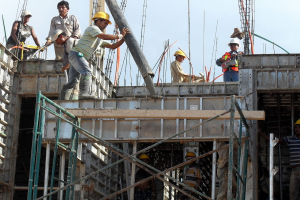
| Title: | Post COVID-19 Indian Economy: A Roadmap for Revival |
| Author/s: | Vinod Rai |
| Abstract: | The COVID-19 pandemic has stunted global economic growth. It may well lead to a contraction in the Indian economy in the current year. The government is pondering on a roadmap to rejuvenate growth and restore avenues for livelihood to millions who have lost their jobs. The revival package needs to focus on certain key sectors which will ensure maximum output in the short run. This will require large government spending which may shoot up the fiscal deficit. Nevertheless, it is recommended that the government focuses on five critical sectors and, in the process, move past fiscal deficit targets for the present. |
| Date: | 30 July 2020 |
| DOI: | 10.48561/v6vh-nydq |
| Read More |
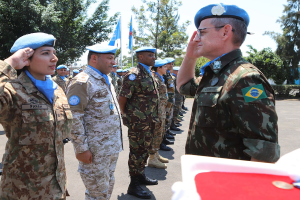
| Title: | Pakistan and United Nations Peacekeeping: Experiences and Opportunities |
| Author/s: | Shafaat Ullah Shah |
| Abstract: | The United Nations (UN) peacekeeping is a unique and dynamic instrument that helps countries affected by conflicts to create conditions for a lasting peace. It is a manifestation of global partnership that brings together the General Assembly, Security Council, Troops Contributing Countries and host government(s) in a combined effort to maintain international peace and security. The first UN peacekeeping mission was deployed in 1948 during the Arab-Israeli war. Since then, the UN has contributed to 72 missions across the world, 14 of which are active today. There are more than 100 countries contributing to peacekeeping operations, with the bulk coming from South Asia. Pakistan, since its first peacekeeping mission in 1960 in the Congo, has participated in 46 UN missions with more than 200,000 troops and police. In the performance of these duties, 157 peacekeepers have lost their lives while many more have sustained debilitating injuries. To cope with modern day challenges of peacekeeping, Pakistan has developed an elaborate infrastructure of training and research facilities that are open to international participation. The unblemished performance and dedication of the Pakistani Blue Berets has been acclaimed not only by the leadership and populace of host countries but at all international forums. The UN peacekeeping has provided Pakistan and its army an inimitable opportunity to project its professionalism, commitment to global peace and security and sense of duty and sacrifice to the world. On the basis of six decades of peacekeeping in varied environments, Pakistan has made profound contributions to the evolution of peacekeeping doctrines, concepts and manuals. Its participation has also improved its diplomatic standing at the UN and other associated forums. Working with international armies has provided Pakistan with exposure to their systems and fostered friendship and understanding. The synergy created through joint training and operations augurs well for regional peace and cooperation. |
| Date: | 28 July 2020 |
| DOI: | 10.48561/x7fk-3cxc |
| Read More |
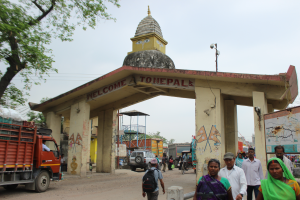
| Title: | A Reset in India-Nepal Relations |
| Author/s: | Rakesh Sood |
| Abstract: | India and Nepal enjoy a close, yet complicated relationship. This has, however, gone downhill with the recent border controversy after the latter decided to redraw its map. The increasing dominance of China in the Himalayan state has led to further impediments. It is time for India to employ a broader communication strategy and have a transparent approach to restore the ‘special relationship’ with Nepal which is today interpreted differently by both sides. |
| Date: | 28 July 2020 |
| DOI: | 10.48561/61ve-28ht |
| Read More |
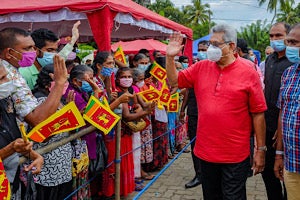
| Title: | Sri Lanka: Debate on Holding Elections During a Health Crisis |
| Author/s: | Chulanee Attanayake and Roshni Kapur |
| Abstract: | The impact of COVID-19 outbreak on economic and social life is visible globally. In some countries, it has disrupted the democratic and political processes as well. In Sri Lanka, the parliamentary elections, which were first scheduled to be held on 25 April 2020, were postponed for the second time due to the rising number of COVID-19 positive cases. The Election Commission announced in June 2020 that the eagerly-awaited general elections will finally be held on 5 August 2020. Moreover, the indefinite end to the health crisis and constant delay sparked a new political debate in the country that is reminiscent of the 2018 political crisis when then-President Maithripala Sirisena unconstitutionally dismissed then-Prime Minister Ranil Wickremesinghe. This time, the government and opposition disagreed over the status of the parliament and whether it was wise for the cabinet to make key decisions without a parliamentary vote. Many sections of the public and civil society also weighed in on the matter. This paper explores the divergent viewpoints that have dominated the country’s political landscape for months and the issues associated with it. |
| Date: | 26 July 2020 |
| DOI: | 10.48561/d8y0-wmap |
| Read More |
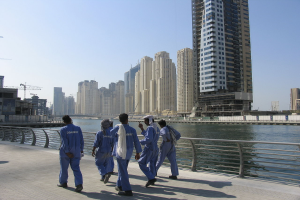
| Title: | Return and Reintegration without Assimilation: South Asian Migrant Workers in the Gulf during COVID-19 |
| Author/s: | Bilesha Weeraratne |
| Abstract: | Temporary labour migration and related remittances are integral components of the South Asian economies. A significant portion of labour migrants from this region head to the Gulf countries. Nevertheless, migrant workers to the Gulf are barred from formally integrating into the socio-economic context in their country of destination. In this context, using the case of the Kuwait Amnesty and other examples during COVID-19 pademic, this paper reflects on the disproportionate division of responsibilities between the South Asian and Gulf countries in terms of the assimilation, return and reintegration of migrant workers, in an attempt to improve the well-being of migrant workers through the frameworks of the Sustainable Development Goals and the Global Compact for Safe, Orderly and Regular Migration. |
| Date: | 18 June 2020 |
| DOI: | 10.48561/dc83-ctqs |
| Read More |
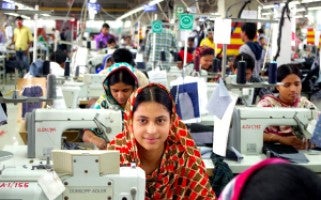
| Title: | Strengthened Global Partnership: Crucial to Bangladesh’s Economy and Development Goals |
| Author/s: | Md Mustafizur Rahman |
| Abstract: | Bangladesh has been one of the fastest growing economies in the world since 2007. It was also well on track to achieve the Sustainable Development Goals set by the United Nations. However, the COVID-19 pandemic has not only severely hurt its two economic pillars – garment manufacturing and foreign remittances, but also its sustainable and inclusive development goals. Global support in the form of finance, technology and capacity building will be imperative to bring these back on track. |
| Date: | 9 June 2020 |
| DOI: | 10.48561/gmtq-5w10 |
| Read More |
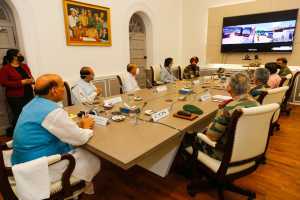
| Title: | India-Nepal Tensions: The Issue of Lipulekh |
| Author/s: | Amit Ranjan |
| Abstract: | For the second time in seven months, India and Nepal have been drawn into a diplomatic standoff over their Himalayan border. The roots of India-Nepal border tensions lay in the Sugauli Treaty of 1816 and a number of successive maps produced in British India. The current tension sparked off after India’s Defence Minister, Rajnath Singh, inaugurated a newly-completed road link from Dharchula to Lipulekh via video-conferencing. While Nepal has accused India of “encroachment” into its territory, India has refuted the charge and is ready to schedule foreign secretary-level talks after the COVID-19 pandemic subsides. |
| Date: | 5 June 2020 |
| DOI: | 10.48561/g1xc-t3xg |
| Read More |

| Title: | Becoming a Five Trillion Dollar Economy by 2024: A Roadmap for India |
| Author/s: | Vinod Rai |
| Abstract: | The Indian government has announced its desire to boost the economy to a level of US$5 trillion (S$7.16 trillion) by 2024. While fixing a bold target is commendable, the government must lay out the roadmap designed for each of the major sectors. Such a roadmap should have measurable milestones and should be put out in the public domain. |
| Date: | 30 March 2020 |
| DOI: | 10.48561/wnxg-z7xp |
| Read More |
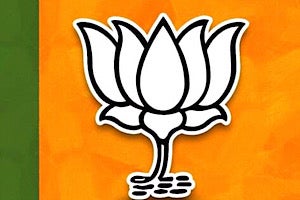
| Title: | Shifts in Policy Paradigm in India: Re-emergence of the Hindutva Agenda |
| Author/s: | S Narayan |
| Abstract: | The ideology of the Bharatiya Janata Party (BJP) has its roots in the Rashtriya Swayamsevak Sangh (RSS), which has put forward a notion of a nation committed to the values of Hindu practices (Sanskar). Initially conceptualised as a movement against the minority appeasement policies of the British colonial government, it emerged as a social movement to inculcate ancient Hindu morals and ethics among its members. The political arm, the Jan Sangh, which eventually became the BJP, could find little traction for the Hindutva movement in the face of the secular policies of the Jawaharlal Nehru and Indira Gandhi governments. It co-opted the landed class and the merchants in its quest for political power, and initial success came from this right of center approach rather than pushing for a Hindutva agenda. It was only after the Congress governments, post 1980, veered towards a policy of focusing on minority votes that BJP emerged as an alternative. This paper argues that there have always been two strands to the BJP approach – one a pro development, market friendly approach and the other, a hardcore Hindu agenda. During the Atal Bihari Vajpayee years, as it was a coalition of parties sympathetic to market-friendly policies. While there was less focus on the Hindutva agenda, it was never given up. In the second term of the Narendra Modi government 2019, it is clear that there is an ascendance of the ideological forces within the party and that the RSS is driving national policy on the basis of its core agenda. |
| Date: | 20 February 2020 |
| DOI: | 10.48561/6rg3-z46h |
| Read More |
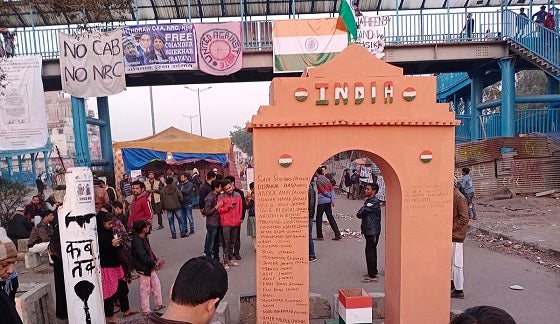
| Title: | The CAA and the NRC: Exploring Possible Solutions |
| Author/s: | Sanjeev Tripathi |
| Abstract: | India is presently embroiled in a controversy that followed the enactment of the Citizenship Amendment Act (CAA) in December 2019. Detractors of the Act have exploited the fact that Muslims are excluded from the Act and ignored that the Act is specifically aimed at giving relief to minorities from India’s three Islamic neighbours who have taken shelter in India because of persecution on religious ground. There is fear among Indian Muslims that the Act is directed at them. Widespread demonstrations against the Act are being held with many of them turning violent and resulting in arson, destruction of property and casualties among the demonstrators and the police. |
| Date: | 11 January 2020 |
| DOI: | 10.48561/1w17-sw52 |
| Read More |
Load more


